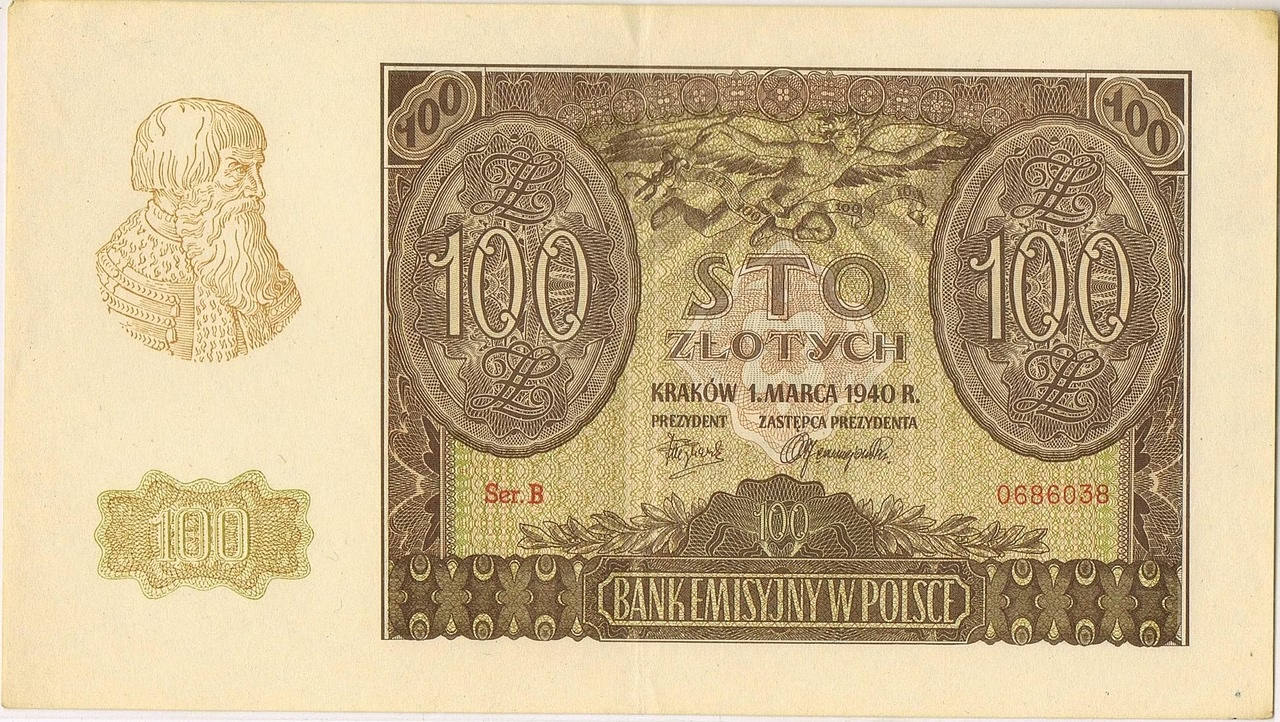Bitcoin ETFs Log 12-Day, $3.9B Inflow Streak—BlackRock’s IBI
June 28, 2025 | by Sophia Vance

Bitcoin ETFs Log 12-Day, $3.9 B Inflow Streak — BlackRock’s IBIT Leads Institutional Wave
Twelve consecutive trading sessions, nearly four billion dollars of fresh capital, and one runaway market leader — welcome to the new normal for Bitcoin exposure on Wall Street.
The Numbers That Matter
Since June 11, U.S. spot Bitcoin ETFs have quietly — and then not so quietly — stacked $3.9 billion in net inflows across just twelve sessions. Wednesday’s haul alone clocked in at $547.7 million, bringing the category’s year-to-date total north of $48 billion. The lion’s share continues to funnel into BlackRock’s iShares Bitcoin Trust (IBIT), which absorbed $340.3 million on June 25 and now towers above the pack with $71.9 billion in assets under management — the fastest ascent to the $70 billion club in ETF history (sources: The Block, Cointelegraph).
• BlackRock IBIT – $340.3 M
• Fidelity FBTC – $115.2 M
• Ark & 21Shares ARKB – $70.2 M
• Bitwise BITB – $12.9 M
• VanEck HODL – $9.1 M
Why This Streak Is Different
Flows tell you what investors do, not what they say. A twelve-day streak in any ETF category is rare; in a frontier asset class it is almost unheard of. Three dynamics explain the ferocity:
- Dollar Weakness & Macro Hedges — The DXY slipped 2 % over the same window, and allocators reached for pseudo-hard-money exposures that trade 24/7.
- Fresh Mandates Kick In — Pension and insurance committees, which typically meet quarterly, finally completed diligence that began the moment spot approvals landed in January 2024. Their tickets tend to be chunky and recurring.
- Liquidity Confidence — IBIT now trades on par with the most liquid sector ETFs, averaging $2.6 billion in daily turnover. Depth begets depth; institutions no longer view execution risk as a hurdle.
BlackRock’s Flywheel
When the world’s largest asset manager decides to lean in, the signal is deafening. BlackRock’s cost-competitive 0.19 % fee undercuts most equity index funds, and its primary creation/redemption partners — J.P. Morgan, Jane Street, Virtu — have engineered spreads tight enough to rival gold ETFs. The result: a self-reinforcing flow–liquidity–spread flywheel. Every incremental inflow lowers friction for the next, drawing even the most fee-sensitive advisors into the fold.
Implications for Bitcoin’s Spot Market
ETF providers buy the underlying asset daily to honor creations, and they do so all-or-nothing. The current 12-day binge required roughly 54,000 BTC at prevailing prices. That’s equivalent to two months of total block rewards in a post-halving environment. In other words, ETFs are soaking up new supply faster than miners can produce it — a structural bid that compresses the free float and dampens intraday volatility.
The knock-on effect is clear in derivatives: perpetual funding rates turned positive across major venues this week, yet open interest only drifted 3 %. Leverage is no longer the primary price driver; spot demand is.
The Second-Mover Advantage
Fidelity’s FBTC continues to play a sturdy wingman, averaging $100 million per day in fresh capital. Ark & 21Shares, Bitwise, and VanEck round out the field with niche — yet growing — followings among thematics-driven advisors. Their combined inflows matter less than their very existence: competition forces fee compression and product innovation (think covered-call overlays, ESG screens, and eventual staking-yield structures).
Regulation, Risk, and the Road Ahead
The SEC’s approval in January 2024 was a watershed, but it did not pre-empt future policy questions. Two loom largest:
- Custody Standards — The Commission is re-examining Rule 206(4)-2 for digital assets. Expect a push toward bank-grade segregation, which would raise costs but also widen the moat for big incumbents.
- Spot Ether Ruling — An ETH decision is due this fall. Approval would validate the multi-asset roadmap many issuers pitched behind closed doors. Denial would only harden Bitcoin’s “regulator-blessed” narrative and could funnel even more allocators into BTC-only vehicles.
My base-case: the inflow streak pauses before it ends. Quarter-close profit-taking and summer liquidity doldrums will inevitably break the daily run. But the structural shift is set: pensions and insurers that spent 2024 studying slide decks are now wiring funds, and most of them calibrate exposure as a percentage of alternatives or real-assets buckets — meaning flow targets rise in notional terms every time Bitcoin rallies. Expect a stair-step pattern: surge, plateau, repeat.
Price Targets? Forget Them.
The temptation to scribble $125 K or $150 K on a napkin is strong, but price is the least interesting metric right now. What matters is path dependency: whether allocation drips in over months (gradual) or lands in short bursts (volatile). So far, we’re witnessing a controlled drip punctuated by IBIT-led pulses — an ideal mix for a grinding bull market that shakes out weak hands without derailing conviction.
Final Take
The past dozen days crystallize a simple truth: Bitcoin has crossed the institutional Rubicon. BlackRock’s IBIT is no longer a speculative wrapper; it’s a liquidity behemoth that competes with blue-chip equity and bond funds for portfolio real estate. As flows persist, so will the narrative-reinforcement loop that keeps allocators pressing buy.
Don’t focus on the streak’s duration; focus on who is buying and why. When the largest stewards of capital treat Bitcoin like a strategic asset, everyone else eventually follows. The $3.9 billion surge is not a one-off headline — it’s a prelude to the next era of digital-asset adoption. Buckle up.

RELATED POSTS
View all



